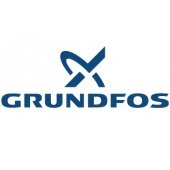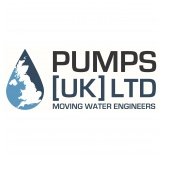Improve tanker unloading
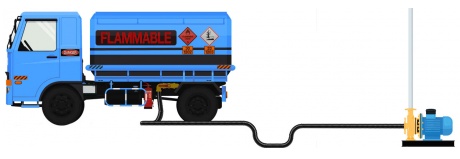 CDR Pumps explains how changes in pump technology and the advancement of compatible materials have made tanker unloading safer and more efficient.
CDR Pumps explains how changes in pump technology and the advancement of compatible materials have made tanker unloading safer and more efficient.
The chemical distribution industry is reported to be worth £190 billion worldwide, so it’s no surprise to learn that global mobility has had a huge impact. Chemicals no longer need to be transported via pipelines to the wider manufacturing community, and it is common for materials to be transported by road, rail, and sea, resulting in a rise in tanker unloading applications.
The Carriage of Dangerous Goods and Use of Transportable Pressure Equipment Regulations, also known as ADR, International Carriage of Dangerous Goods by Rail (RID) Regulations and International Maritime Dangerous Goods Code all cover the transport chain when moving hazardous fluids by road or rail. One of the positive changes we have seen is the chemical manufacturing industry’s preference to unload tankers and IBCs using pumps over the more dated method of pressurising containers to blow out the contents.
Choosing the right pump
Health & safety, and chemical compatibility are important factors when choosing the right pump for unloading applications. Mag drive pumps are the safest choice for toxic and hazardous fluids as they feature zero-vapour loss.
Polypropylene or ETFE-lined mag drive pumps are a popular choice for unloading applications as they increase the range of chemical compatibility.
The three main concerns to assess when looking for unloading solutions are priming the pumps before start-up, the units being run dry when the container empties and nozzle loads and forces.
Overcoming the challenges can be resolved with the correct pump installation and ensuring that you have priming processes in place. Using Runsafe SiC bushes gives additional protection and means a pump is more robust against catastrophic failures. Additional protection comes in the form of a digital load monitor. Comprising two trip functions, the digital load monitor has a low power alarm to stop a pump when the tanker empties and a high power alarm to stop the feeder if there’s a blockage. Finally, flexible pipework and cam-lock style fittings can overcome nozzle loads and force issues.
The benefits of mag drive pumps in tanker unloading applications include a wide range of chemical compatibility, run dry protection and safer zero-vapour loss configuration. This type of pump also removes the need for fume scrubbers as vapours can be returned to the tanker or container. Flow rates from 1m3/hr up to 320m3/hr are possible using mag drive pumps, and this can be variable with the use of control measures such as inverters.
Improved safety and reduced cost
SI Group is a major UK chemical processing plant. The company processes Phenol based products and is constantly looking at energy-saving opportunities, alongside improving working practices and reducing hazard opportunities.
The company reviewed its Phenolic tanker unloading applications, where raw material is unloaded and transferred to bulk storage tanks for onward processing. Phenol is a top-tier COMAH (Control of Major Accidents Hazards) regulated material with several handling considerations: the product solidifies at low temperature, is hazardous and flammable.
The processing plant’s existing canned type seal-less pump sets, driven by 11kW ATEX hazardous area electric motors, had to be kept running constantly. This was to ensure the product was agitated, heat conductivity was spread throughout the entire feedstock, and the pumps were kept warm and moving to make sure the chemical did not solidify as temperatures decreased. The existing pumps were replaced by UTS-B mag drive centrifugal pumps from CDR, manufactured in stainless steel. Offering a zero-vapour loss, seal-less design meant that the fluids and vapours were contained and presented no hazard to the immediate or wider environment or individuals working in it. Choosing the solution from CDR also meant that the power needed to drive the pump could be significantly reduced. Dropping from an 11kW motor to a 5.5kW motor has reduced the amount of energy being used by the solution whilst not compromising on loading and unloading times or the operational effectiveness and lifespan of the pumps.
In addition, heating jackets were incorporated into the solution so that steam, readily available on site, could be repurposed to maintain the temperatures required.
The UTS-B pumps could also be safely switched off when not in use, further reducing energy consumption, mechanical wear and the inherent risks associated with live process lines when circulating fluids.
As a result, the new unloading pumps operate for less than five hours a day rather than constantly. This saves 9,866 kW/hr per year per pump. Installing four pumps, reducing total consumption by 39MWhr per year, saved the company over £31,000 in the first year alongside the other benefits gained. 
Back to Latest News
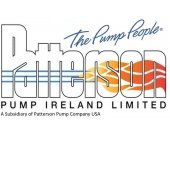
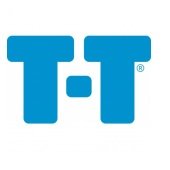
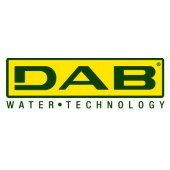
3.png&w=170&h=170)
2.jpg&w=170&h=170)

1.png&w=170&h=170)

